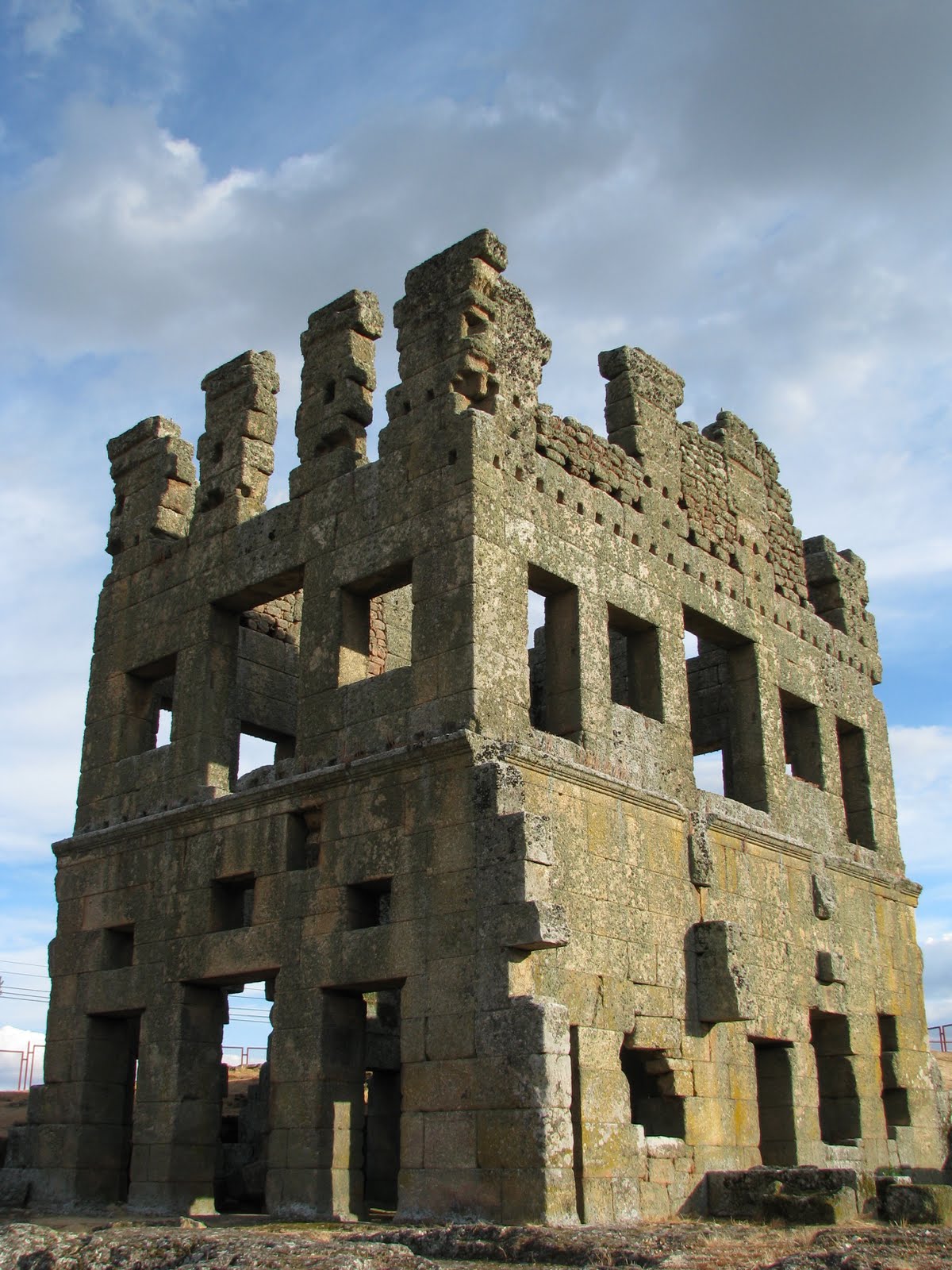День 107. Мариалва & Меда & Лонгройва “Marialva was once called Malva. At first, the traveler though this must be the shortened form of a woman’s name, Maria Alva. Even now, he cannot bring himself to accept that it was so named by a king of Leon, Fernando Magno. Clearly His Majesty did not come here from Leon to make sure that the name Malva suited this mountain. He must have heard from some friar or other who passed this way and having seen lots of malvas (mallows) decided they were characteristic of the region, without noticing, as a narrow-minded monk, that in a house that today stands in ruins, lived the most beautiful girl of these parts, who was called Maria Alva – or so the traveler argues, to justify and defend his thesis. He must be forgiven this kind of flight of fancy, because woe betide any traveler who does not have them: all he will see are silent stones and indifferent landscapes.” (© “Journey to Portugal” J. Saramago)



